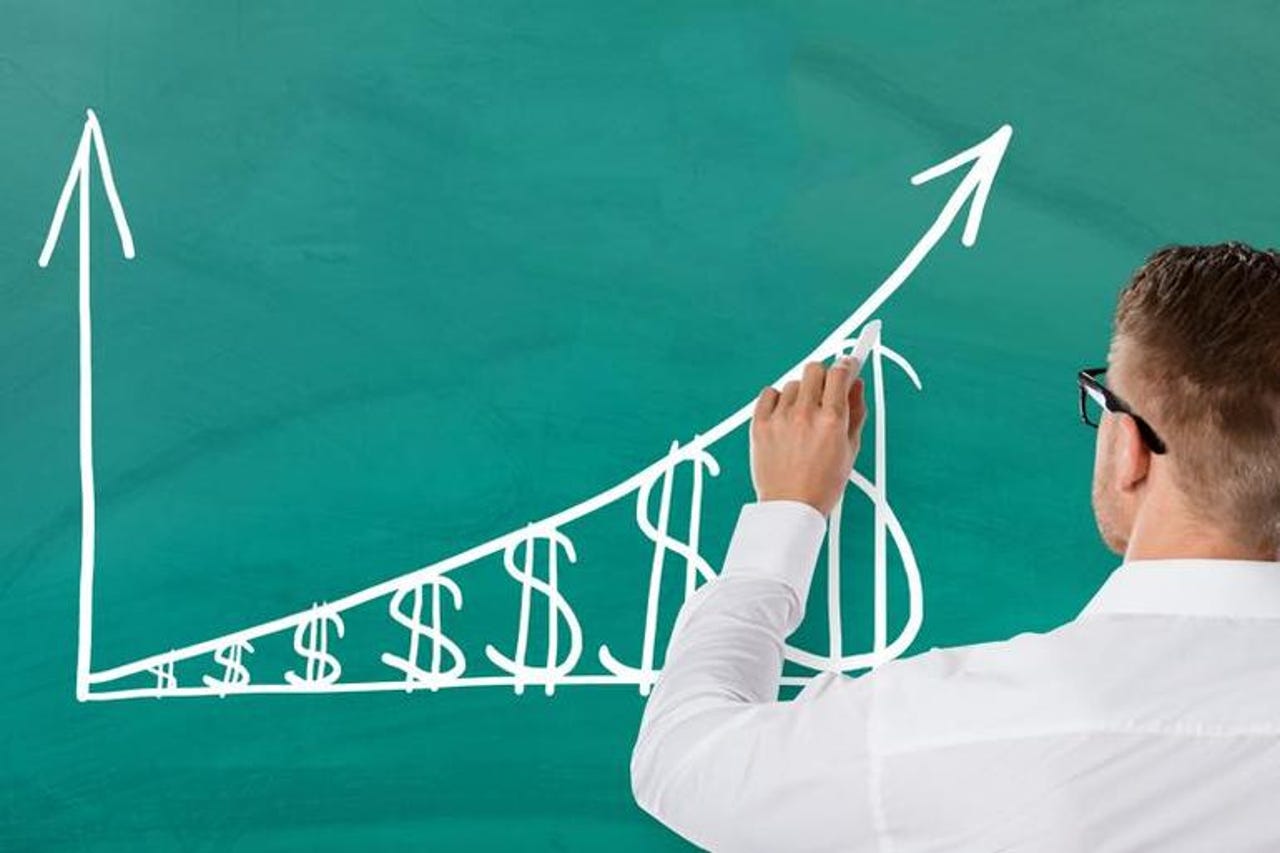Inflation rate rises above 9% in June, driven by high energy and food prices


The cost of items across the board increased 1.3% last month, bringing inflation to a four-decade high.
The US Bureau of Labor Statistics announced Wednesday that inflation reached 9.1% for the 12-month period ended in June -- that's up 1.3% from the 8.6% reported for the 12-month period ended in May. The June numbers show that food prices are up 10.4% over the past year, and energy prices have increased by an astronomical 41.6%, partly driven by Russia's continued invasion of Ukraine.
Credit Cards
According to the Consumer Price Index Summary, other notable gains include the price of gas, up 11.2% for the year ended in June, and the price of food increased by 1%. In addition, according to real estate data firm Rent, the cost of renting a one-bedroom apartment increased by 25.5% in June compared to the same period last year, while the rent for a two-bedroom apartment increased by 26.8%.
In addition, Wednesday's BLS report stated that its energy index rose 7.5% month-over-month in June, compared to May's 3.9% rise, and contributed nearly half of the total 1.3% month-over-month increase in June, with the gasoline index rising 11.2%. The food index rose 1% month-over-month in June, as did the food-at-home index, the report said.
But so far in July there seems to be an easing at the gas pump. According to the US Energy Information Administration, the average price of gas nationwide was $4.67 on July 11, down from $4.87 two weeks earlier.
Despite the Federal Reserve's goal to control inflation by increasing interest rates by 50 basis points (bp) (or 0.50%) in May and again by 75 bp (or 0.75%) in June -- inflation across all categories has consistently gone up month-over-month. Raising interest rates is the Fed's primary course of action when addressing this level of inflation. By increasing interest rates, which affects everything from mortgages to credit cards, let alone the cost of borrowing money, the Fed hopes to slow down consumer spending and borrowing. As a result, it hopes to get prices under control.
According to S&P Global, the risk of a technical recession for this summer was at 40% at the end of June. Kiplinger expects inflation to stay at 9% for the rest of the year, and then slowly decline in 2023. Both expect the high-inflation rate to make the Fed take a more aggressive stance, with further short-term interest rate hikes to come in the next few months. It's expected that the Fed will raise interest rates again at the end of July, possibly by another 75 bp or more, and then again in September by 50 bp.
A safe haven in savings accounts?
However, interest rates for loans aren't the only rates that have gone up. The interest rates on savings accounts also are impacted by the interest hike. As the Fed increases interest rates, the annual percentage yield (APY) earned on savings account balances also goes up. So while it's a good time to pay off any credit card balances as more interest rate hikes are likely to come, it's also a good time to put your money in a high-yield savings account to grow.
See also: The 5 best high yield savings accounts: Not your standard savings
There are a number of good high-yield savings options for consumers to choose from. Varo Bank, an all-digital banking option, offers consumers a high-yield savings account with an annual percentage yield of 1.20%, with an opportunity to boost it to an unparalleled 5% on account balances of $5,000 or less.
SoFi also saw an increase recently in the interest rate for its hybrid checking and savings account to 1.5% for members who use direct deposit (0.9% APY for clients who don't). Marcus by Goldman Sachs has a high-yield savings account with an APY of 1.20%, and American Express offers an all-digital savings account with an APY of 1.00%. The national average APY for savings accounts, according to the FDIC, is currently 0.10%.
It's more important than ever to find ways to generate passive income. Finding a high-yield savings account is one of the best ways, along with choosing a credit card that earns rewards for purchases consumers have to make regardless of their price, such as gas or groceries.
There are also free online budgeting tools for consumers to take advantage of, such as Mint, to see where their money is going and if there are any spots where they can save.